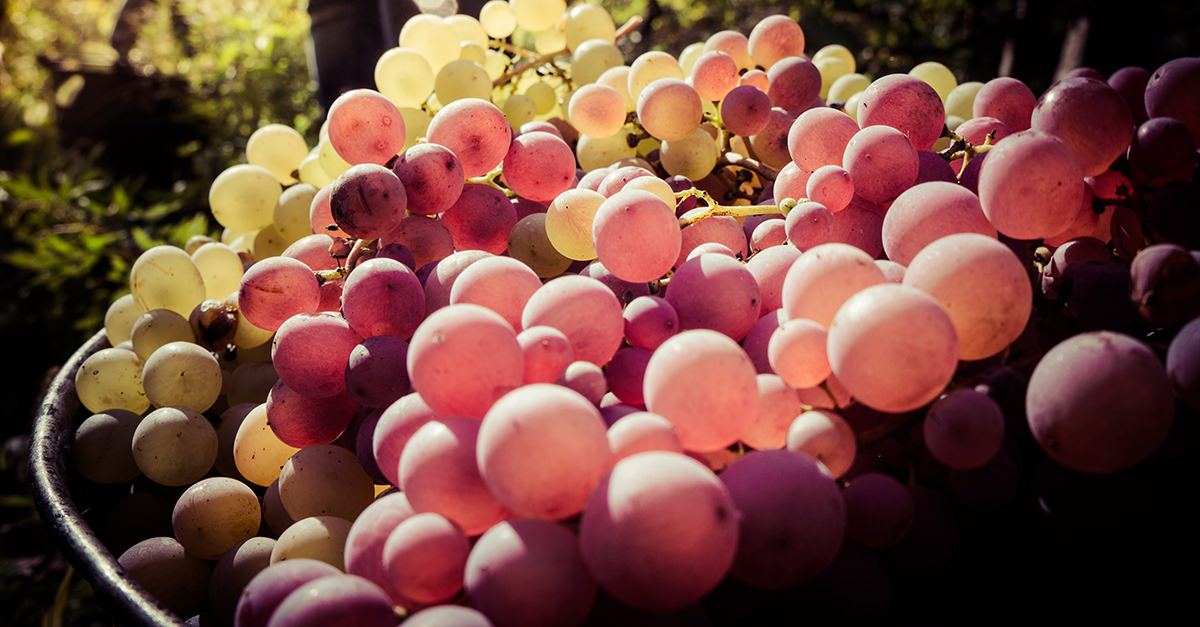Carignano
carignan
Carignan is a red grape variety of Spanish origin that is more commonly found in French wine but is widely planted throughout the western Mediterranean and around the globe. Along with Aramon, it was considered one of the main grapes responsible for France's wine lake and was a substantial producer in jug wine production in California's Central Valley but in recent years, it has been reborn as a flagship wine for many cellars in the south of France as well as in Catalonia. Ampelographers believe that the grape likely originated in Cariñena, Aragon and was later transplanted to Sardinia, elsewhere in Italy, France, Algeria, and much of the New World. The variety was historically a component of Rioja's red wine blend. The grape's prominence in France hit a high point in 1988 when it accounted for 167,000 hectares (410,000 acres) and was France's most widely planted grape variety. That year, in a drive to increase the overall quality of European wine and to reduce the growing wine lake phenomenon, the European Union started an aggressive vine pull scheme where vineyard owners were offered cash subsidies in exchange for pulling up their vines. Out of all the French wine varieties, Carignan was the most widely affected dropping by 2000 to 95,700 ha (236,000 acres) and being surpassed by Merlot as the most widely planted grape. The popularity of Carignan was largely tied to its ability to produce very large yields in the range of 200 hl/ha (11 tons/acre). The vine faces significant sensitivity to several viticultural hazards including rot, powdery mildew, downy mildew, and grape worms. Carignan is a late budding and ripening grape which requires a warm climate in order to achieve full physiological ripeness. The vine also develops very thick stalk around the grape clusters which makes mechanical harvesting difficult. It has an upright growth habit and can be grown without a trellis.
Source: Wikipedia





